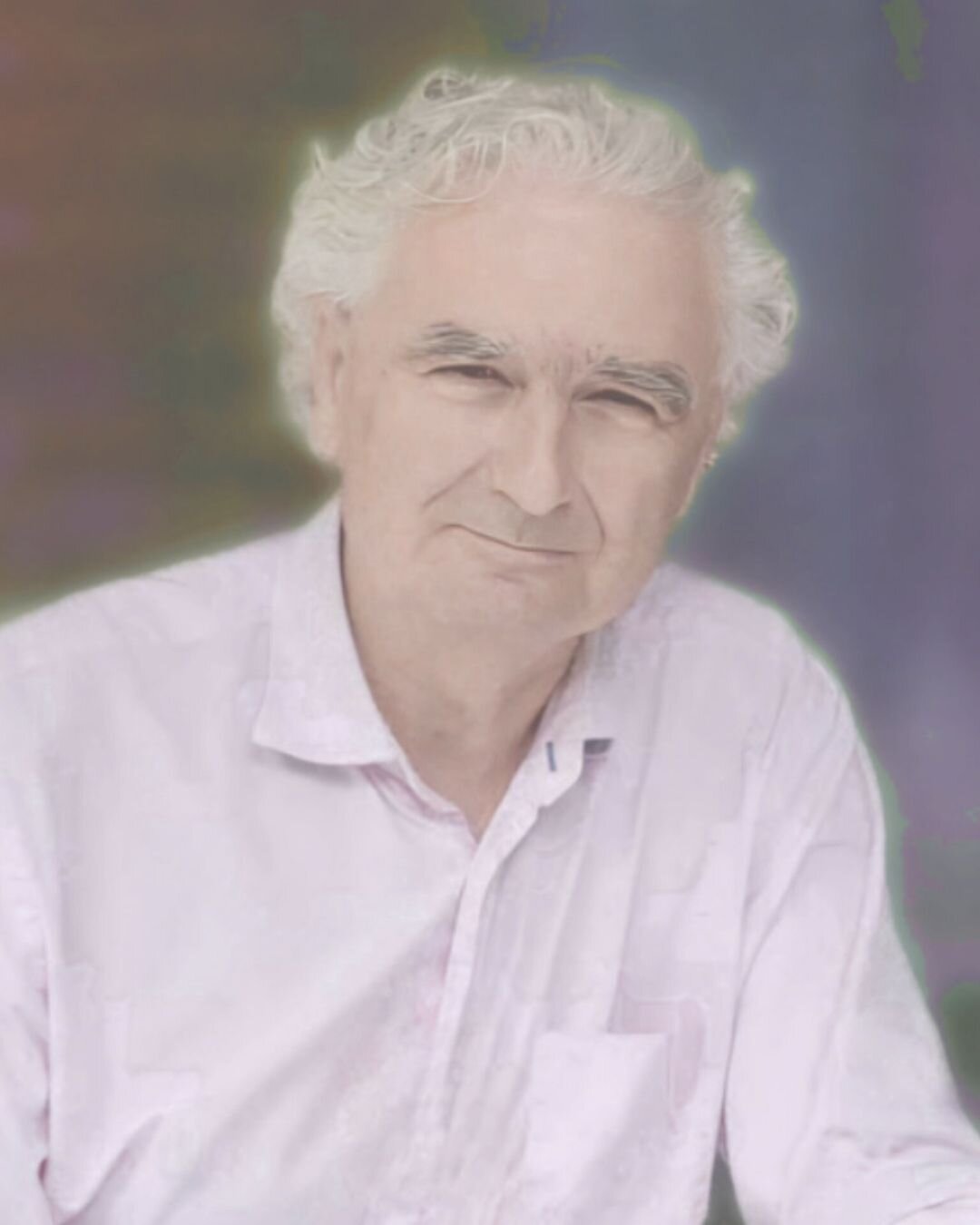Wilhelm Heiliger is a versatile artist who, in addition to fine art, also works in literature, literary history, philosophy and psychology.
Born in 1944 in Ljutomer, he studied Slavic languages and literature, philosophy, and graphic arts in Ljubljana, Graz, and London between 1964 and 1970. In 1975, he moved to Washington to work at the Stanford Research Institute, and a year later to California, where he conducted research at Stanford University. Alongside his academic career, he has translated numerous books into German, English, or Slovene, including works by Friedrich Nietzsche into Slovene and Edvard Kocbek into German. In 1970, he completed his dissertation titled Nostalgia in Ivan Cankar.
In his artistic journey, Heiliger has experimented with a variety of media and materials, including Chinese paper, Plexiglas, and acrylic on canvas. He has exhibited his works in China, India, the USA, and across many European cities. After decades of travelling the world, he has returned to his roots, now living in Nova Gorica while regularly crossing the border to visit Gorizia. "When I first heard that the ECoC was coming back to Slovenia, and learned that Nova Gorica was a candidate, I knew immediately it would be chosen," he told GO! 2025. "That's why we started the Metaphysics of Colour project two years ago. With the timing shift, everything came together perfectly during that period."
The Metaphysics of Colour is a monograph that has just been published under the auspices of the Nova Gorica Cultural Centre and with the co-funding of GO! 2025. The project explores the relationship between colour, light and human emotions. With it, Heiliger returns to his love of exploring the intersection of art and science. "I am very happy to be able to contribute in some small way to a positive idea and give a positive pulse for the future of this region," he added.
His contribution to the Slovenian and international cultural landscape is invaluable, as he is able to present local stories and universal themes in a way that speaks to audiences regardless of their cultural or linguistic context. His life's journey, which winds between Ljutomer, Washington, Stanford and Nova Gorica, is proof that creativity is limitless and that art can truly transcend the boundaries of space and time. Wilhelm Heiliger remains not only an artist, but also a philosopher and thinker who, through his work, encourages us to think deeply about the world and our place in it.



